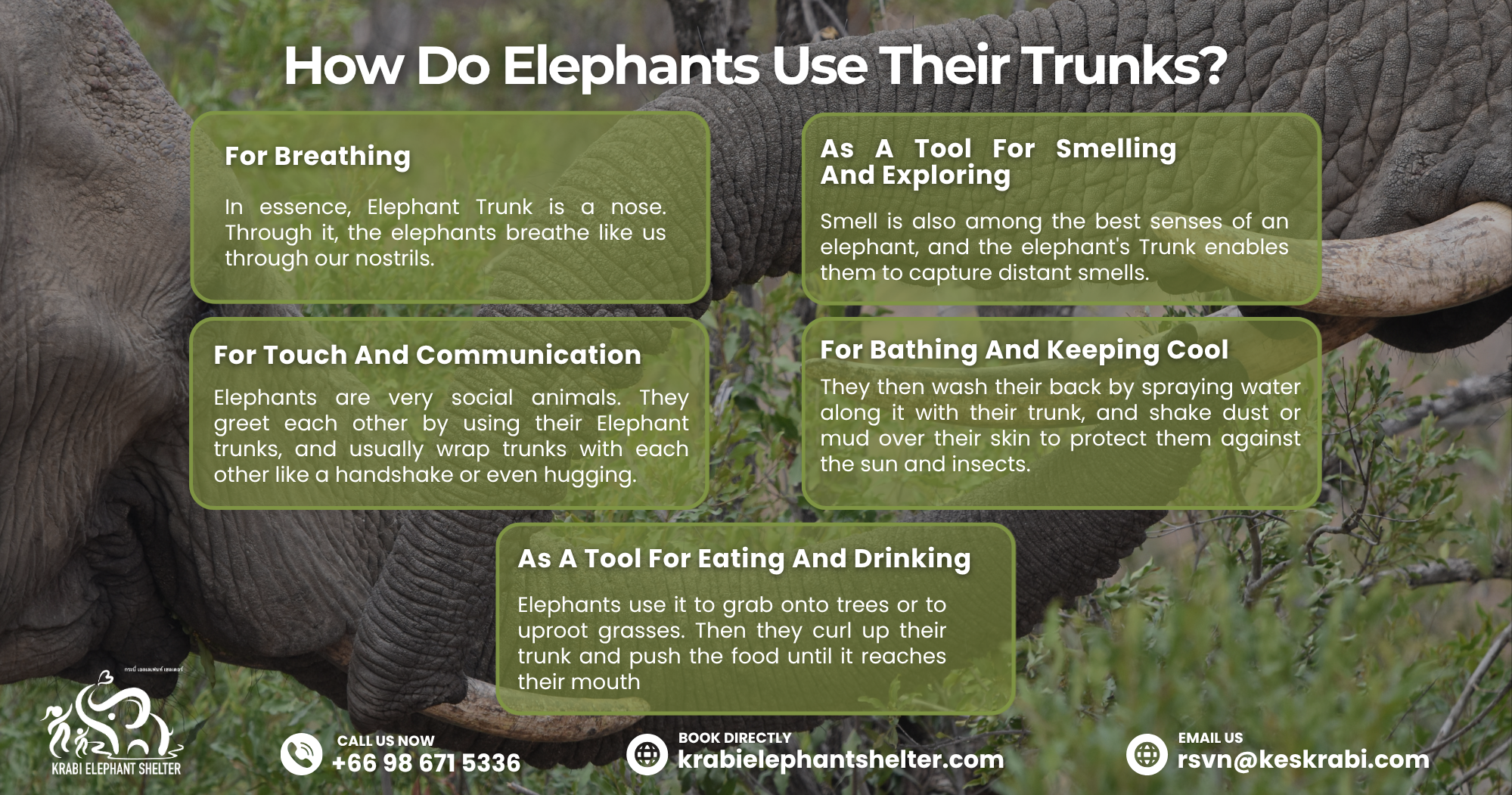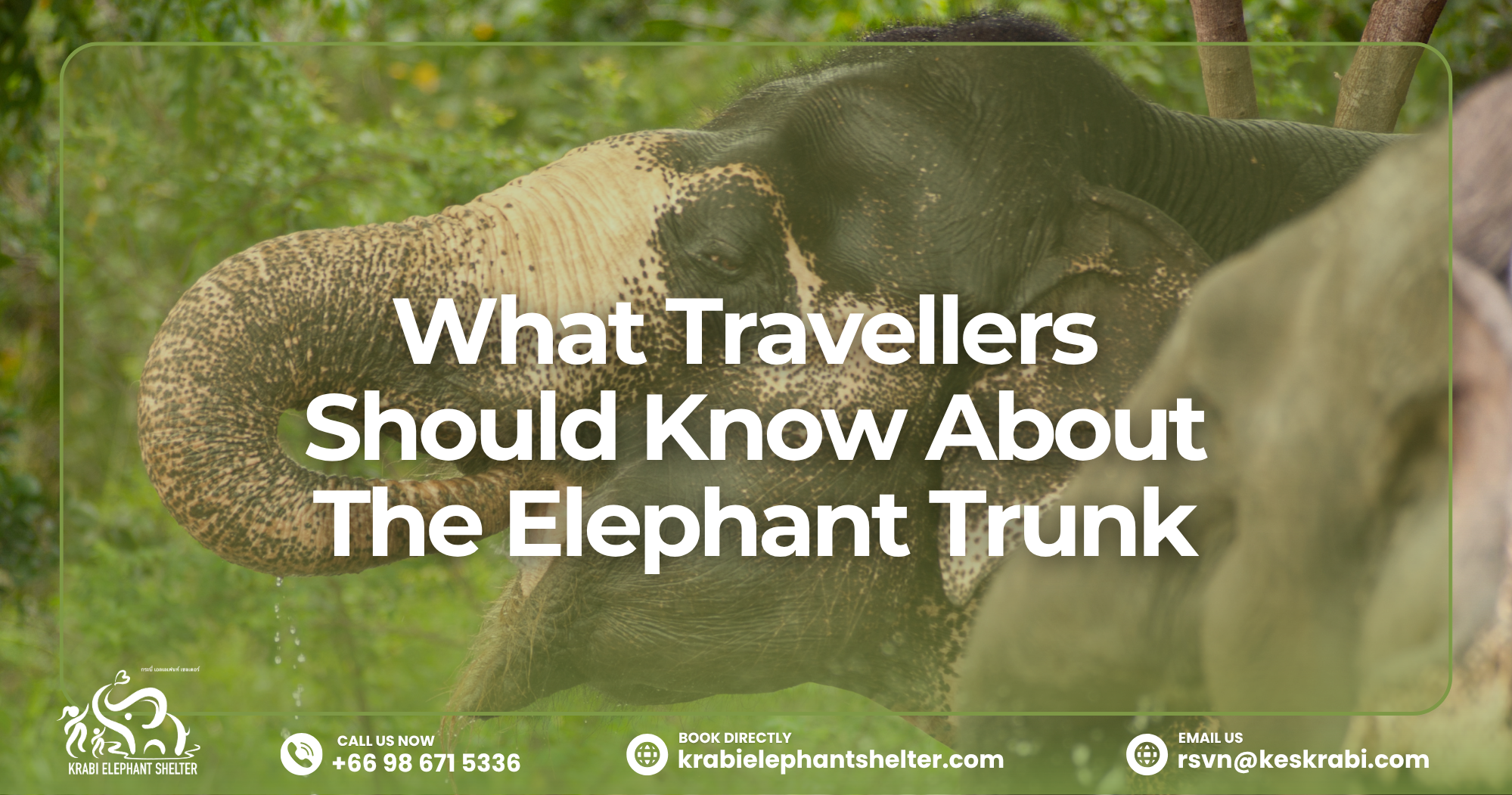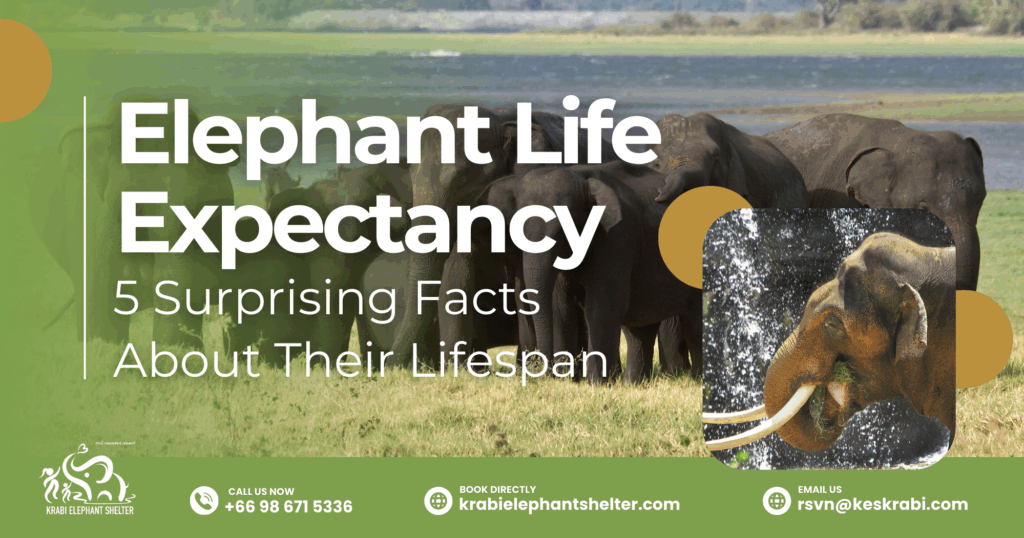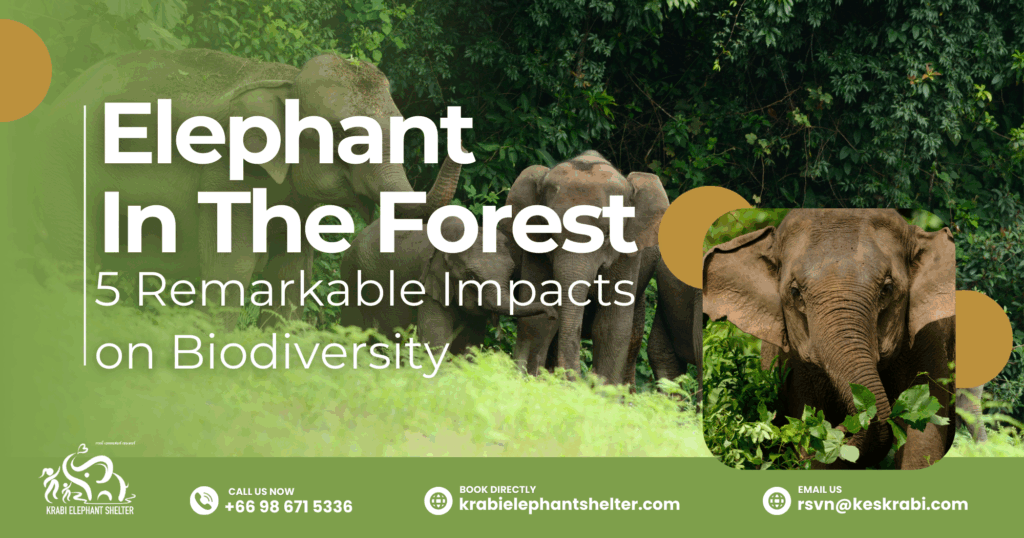When you see an elephant in the wild or visit a responsible elephant sanctuary, you have probably noticed that one of the strangest things in their anatomy is the elephant’s Trunk. It swings, elongates, sprays water, picks up logs, and even says hello tenderly. What really can this wonder of a tool do? And as a traveller, what ought you to know of it?
The Elephant Trunk not only has a nice picture to observe, but it also speaks about the way elephants live, what they feel, and how they associate themselves with the world. Looking at this interesting part of their body more closely, we can better understand their power of intellect, as well as their gentleness and social animal tendencies.
Knowing the functionalities of the trunks of the elephants can make us better and respectful travellers with them.
What Exactly Is An Elephant Trunk?
Elephant Trunk is not merely a very long nose. It is a convoluted mess of the upper lip and nose of the elephant, all attached to make one of the most multi-purpose appendages in the animal world. The inside is bone-free, having only around 40,000 muscles. This is more than what exists in the whole body of humans.
What this implies is that the Elephant Trunk is so powerful that it can handle loads way above 300 kilograms of weight, yet subtle enough to lift a stub of grass or scratch an itch.
How Do Elephants Use Their Trunks?
Let’s explore the different ways elephants use their trunks in daily life. It’s a beautiful reminder of how resourceful and intelligent these animals truly are.
For Breathing
In essence, Elephant Trunk is a nose. Through it, the elephants breathe like us through our nostrils. That is also the reason why you can see the elephants swimming with the tip of the snout above the surface like a snorkel. It assists them to breathe as their massive bodies are underwater.
As A Tool For Eating And Drinking
The Elephant Trunk is very central during lunchtime. Elephants use it to grab onto trees or to uproot grasses. Then they curl up their trunk and push the food until it reaches their mouth, and have a good bite. They can also use it to attract the water, in 10-litre batches, and spray it on their mouths, then take a drink of it.
Being the viewers of this action, as travellers, it is a great pleasure to observe how they feed themselves, relying only on the use of their trunk.
For Touch And Communication
Elephants are very social animals. They greet each other by using their Elephant trunks, and usually wrap trunks with each other like a handshake or even hugging. Females lead their young by feel on their trunks, and herds can exchange important information on the back with each other, just what we are aiming to discover.
As A Tool For Smelling And Exploring
Smell is also among the best senses of an elephant, and the elephant’s Trunk enables them to capture distant smells. Even from a distance of miles, they can smell water as well as predators. As you walk in the forest, you will find them swinging their trunks, sniffing, and exploring everything around them.
For Protection And Defence
Although elephants are gentle giants, they are able to come to their own defence when the need arises. Elephant Trunk may be applied to fling dust, mud, or even items at enemy targets. It is not their first reaction, though it belongs to their natural defence system.
For Bathing And Keeping Cool
Elephants are fond of water. It is one of the most enjoyable things to watch when you visit an ethical sanctuary since elephants enjoy playing in the water.
They then wash their back by spraying water along it with their trunk, and shake dust or mud over their skin to protect them against the sun and insects. It is a spa day to them, and their pleasure is contagious.
What Travellers Should Know About The Elephant Trunk
Whenever you visit elephants, particularly in sanctuaries or conservation areas, you should know what the elephant’s Trunk represents to them. It is not a cool gimmick; it is a component of who they are, how they stay alive, and how they feel.
One can know a lot about the mood and behaviour of an elephant by watching how it operates its trunk. An Elephant Trunk held loosely and swaying is often an indication of calmness, curiosity, or excitement. By following some simple tips to learn how to read such subtle signs, one can more meaningfully experience the natural tendencies of the elephant and learn to relate to them with respect, from a safe and mindful distance.
These, among others, are things to remember.
Respect Their Space
The Elephant Trunk is delicate. Though it may appear strong and tough, it is capable of experiencing pain and discomfort like any other part of the body. Never attempt to touch the trunk of an elephant unless guided by a well-informed and responsible professional carer. Never make any contact without first waiting for the elephant to do so.
Observe Mindfully
Don’t extend yourself; just watch. Look at the movement of the elephant’s Trunk as they eat, play, or explore. It is interesting how dependent they are on it and how carefully they can manage even the slightest objects.
Be sure to bring a camera along; however, be ready to simply be present. You will get to learn a lot more through watching than from taking photographs.
Choose Ethical Experiences
Elephant rides or circus-like tricks remain at many tourist attractions, and the training for such activities is often done through fear or punishment. Such practices usually affect the Elephant Trunk negatively, both physically and mentally. A responsible tourist will support destinations where the elephants are allowed to be what they are: elephants wandering freely, expressing themselves naturally, and curling their trunks on their terms.
Find sanctuaries that emphasize observation as opposed to interaction. You will leave more informed and with a lighter conscience.
A Gentle Giant With A Gentle Tool
The Elephant Trunk is one of the greatest examples of nature epitomising function, beauty, and intricacy. As their visitors and guests, it is our privilege to observe, learn, and admire these magnificent animals.
Whether you’re visiting an elephant sanctuary in Thailand, watching them in Africa, or simply thinking about them from home, you should know that the elephant’s Trunk tells a story. It is a story of survival, intelligence, and connection. Knowing this, we take one more step toward becoming more responsible tourists and better companions to animals.
The next time you find an elephant lifting its trunk high into the air, stop, smile, and savour every bit of it. In that moment, you are witnessing something truly extraordinary.
Ready To Experience Something Unforgettable?
Come and visit our ethical elephant sanctuary and watch these magnificent creatures in their natural habitat. Besides the pleasure of learning, observing, or just experiencing nature, your visit assists in the creation of a better future for elephants. We look forward to seeing you.
Book your trip to Krabi Elephant Shelter now!
By visiting Krabi Elephant Shelter, your entrance fee directly supports the elephants’ care, including their food, medical treatment, and habitat upkeep. It’s a meaningful way to make your trip count—contributing to long-term animal protection efforts while enjoying a once-in-a-lifetime encounter with Thailand’s most beloved giants.
Phone: (+66) 98 671 5336
Email: [email protected]
Book directly at krabielephantshelter.com






